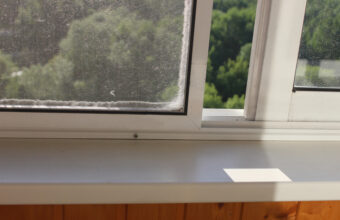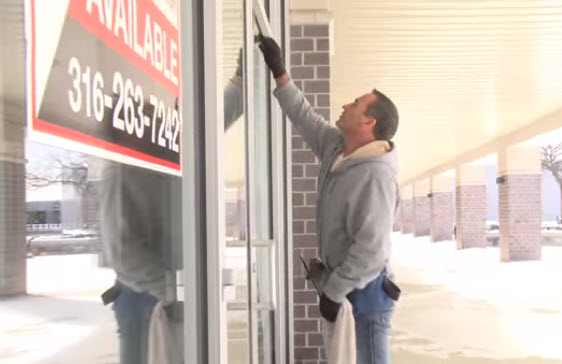The lifespan of 3M window film can vary depending on several factors, including the type of film, the quality of the installation, and environmental conditions. 3M window films are designed to be durable and long-lasting, providing years of performance and benefits.
Here are some factors that can affect the lifespan of 3M window film…
- Quality of the Film – 3M is known for producing high-quality window films that are engineered to withstand wear and tear over time. Higher-quality films typically have a longer lifespan compared to lower-quality alternatives.
- Type of Film – 3M offers a range of window films designed for various purposes, including solar control, safety and security, decorative, and privacy. The lifespan of the film may vary depending on its intended use and the specific materials and construction.
- Installation Quality – Proper installation is essential for maximizing the lifespan and performance of 3M window film. It’s important to hire a professional installer with experience working with 3M products to ensure that the film is applied correctly and securely.
- Environmental Factors – Environmental conditions such as exposure to sunlight, extreme temperatures, humidity, and pollution can impact the lifespan of window film. UV radiation from the sun can cause some films to degrade over time, leading to fading or reduced effectiveness.
- Maintenance – Regular maintenance and cleaning can help extend the lifespan of 3M window film. Follow manufacturer recommendations for cleaning and care to ensure optimal performance and longevity.
While there is no fixed lifespan for 3M window film, many products are designed to last for several years or even longer with proper care and maintenance. It’s essential to consider the specific characteristics of the film, the installation quality, and environmental factors when assessing the expected lifespan of 3M window film in your application.






